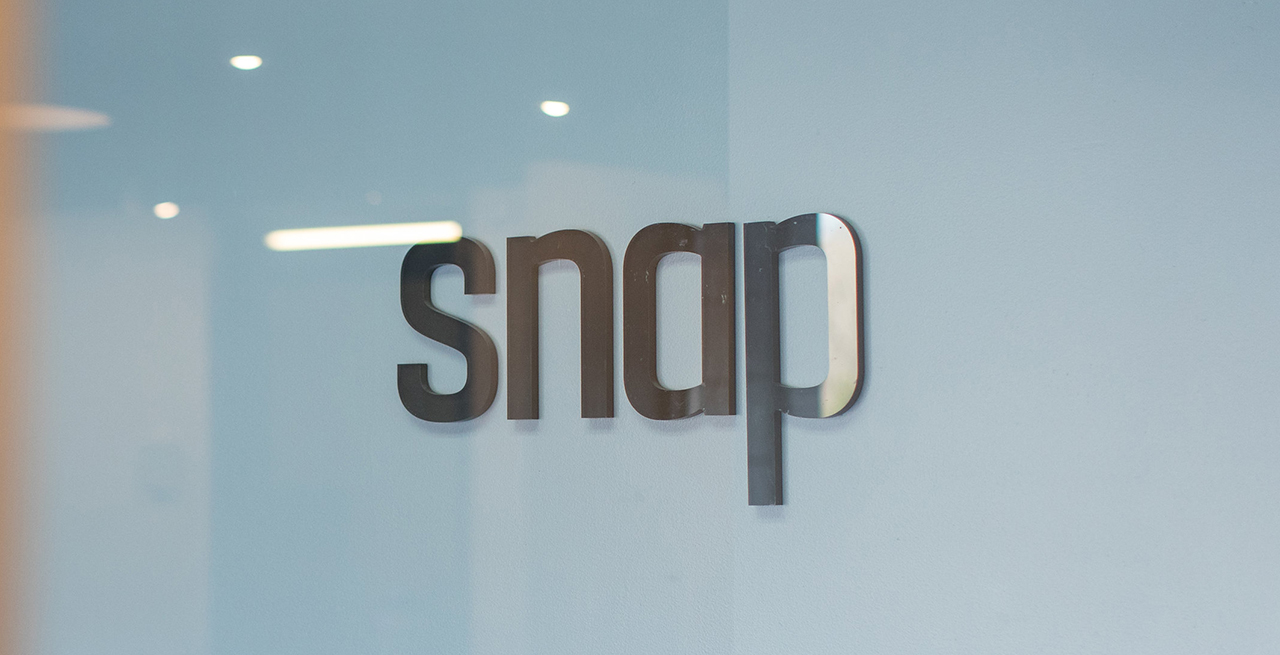Is there anything more frustrating than dedicating time and money to building a stellar website—and then not seeing the conversion rates you want? It’s easy to write off a lack of conversions as the result of a saturated market, changes in the economy, or shortening consumer attention spans. But the real problem might actually be with your website itself.
Whatever the case, it’s clear that something needs to change in order to turn your site’s traffic into sales. By identifying aspects of your site that might be blocking potential conversions and making some simple changes, you’ll be well on your way to a more effective website.
What Makes a Website Stand Out?

Successful sites capture the attention of visitors and make their point in seconds. Doing most of the heavy lifting, website headlines and landing page headers can make or break your conversion rate. But while creating well-written content should be one of the highest priorities for every brand, it’s not easy. The best websites make a case—and make it well, by meeting the visitor’s needs exactly.
Keep in mind that just 4 percent of visitors who come to your site are prepared to buy. That means that it’s up to brands to convince consumers that a specific product or service is the one they’re looking for. If your conversion rates aren’t where they should be, odds are that something about your website is deterring potential buyers.
3 Reasons Your Website Visitors Aren’t Converting
While many factors contribute to the success of a site, dropping the ball on just a few is enough to lower your conversion rate. To reach your conversion goals, you’ll need to identify the areas of your website that are hindering progress. Here are some common stumbling blocks that could be keeping your visitors from becoming customers.
1. They Don’t Trust You
Building a brand is one thing. From developing a unique voice to creating graphic assets that fit the chosen message, any solid marketing team can develop a reliable brand. But getting consumers to not just relate to your brand, but trust it, is another matter altogether. Trusted brands build credibility by situating themselves as industry authorities, presenting a cohesive customer experience, engaging with their audiences, and meeting the needs of their customers. When consumers begin to recognize, identify with, or engage with your brand, you’ll see conversions go up.
2. Your Funnels Need Work
How many steps, clicks, or pages does a consumer need to navigate to complete a purchase through your website? If it’s too complicated a process, consumers won’t bother—they’ll leave your site, and their shopping cart, behind. When building out your sales funnels, it’s vital to cultivate the strongest possible user experience.
3. There’s Too Much Noise
While eye-catching features like chatbots, pop-ups, and interactive graphics do wonders in attracting the initial attention of potential consumers, they can also be a deterrent. If visitors need to sort through too much unnecessary content before getting to the point of your offer, product, or service, you’ll lose them. High converting sites have mastered the balance between simplicity and value, and your site needs to do the same.
3 Ways to Increase Website Conversions
1. Re-Examine Your Value Proposition
At its most basic, a conversion requires a visitor to take a desired step, from purchasing a product to filling out a contact form. If consumers aren’t doing what you want them to do, you’re either attracting the wrong traffic or losing the right traffic somewhere along the way. Examine your brand from a consumer perspective—what sets it apart from other similar options, and how can you best convey that unique value proposition through your service and product pages?
2. Test, Re-Test, and Test Again

We already know that a website design focused on a solid user experience, eye-catching headlines, and simple designs increases conversions. But there’s a lot of wiggle room when it comes to designing a site that best fits your brand and target audience. Methods like A/B testing allow marketers to design landing pages with alternate titles, headings, and designs. These pages are shown to different consumers and eventually help to reveal the stronger option. If you aren’t happy with your current website, test some alternate copy. Make changes, and check again. Although this process takes time, it’s worth it to create the most effective version of your website.
3. Offer More Conversion Opportunities
A primary goal of every successful website should be to make converting as easy as possible. If the only option for purchasing a product is a half-hidden contact page, that severely limits your chances of generating conversions. Consider adding interactive headers and footers as well as contact buttons on multiple pages to increase the chances of visitors reaching out. By understanding the needs of the people coming to your site, you’ll be better able to actually meet them.
Need Help With Web Design?

Not every business has the time and resources needed to master the ever-shifting digital marketing landscape—but a good website is something you simply can’t skip. If you want to improve your conversion rates but aren’t equipped to tackle the challenge yourself, contact Snap today. We’ll help you diagnose the issue and pivot strategies and website design to give your brand a boost.
